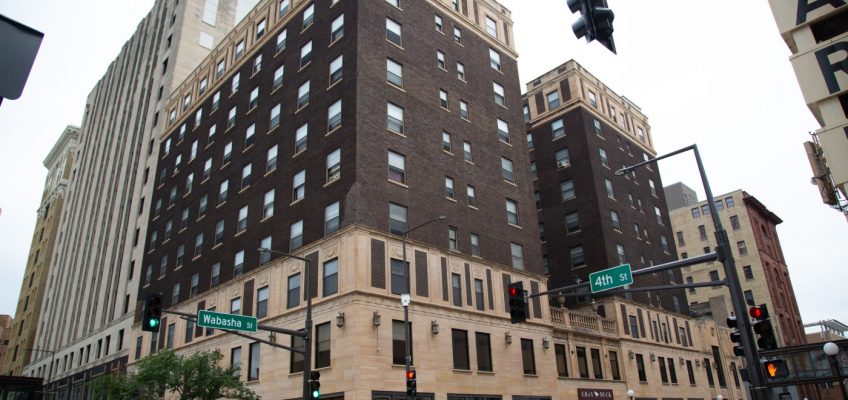By MARI YAMAGUCHI
TOKYO (AP) — Japan has demanded China stop flying its fighter jets abnormally close to Japanese intelligence-gathering aircraft, which it said was happening repeatedly and could cause a collision.
Related Articles
Satellite photos suggest Iran attack on Qatar air base hit geodesic dome used for US communications
US is selling weapons to NATO allies to give to Ukraine, Trump says
UN’s food agency limits aid operations in West and Central Africa due to funding cuts
Ukraine’s capital buzzes during the day but it’s a battleground at night
Singer Chris Brown pleads not guilty to 2 further charges over London nightclub assault case
Japan’s Defense Ministry said a Chinese JH-7 fighter-bomber flew as close to 30 meters (98 feet) to a YS-11EB electronic-intelligence aircraft of the Japan Air Self-Defense Force on Wednesday and Thursday. The ministry said it occurred outside Japanese airspace over the East China Sea and caused no damage to the Japanese side.
China had no immediate comment on the latest incident. Previously, Beijing alleged that Japan flew close to its aircraft and was spying on China’s ordinary military activity, and demanded Japan stop its actions.
Japan is concerned about China’s acceleration of its military buildup, especially in Japan’s southwestern areas.
Japan’s Foreign Ministry said in a statement late Thursday that its vice minister Takehiro Funakoshi expressed “serious concern” to Chinese Ambassador to Japan Wu Jianghao and strongly requested Beijing to stop the activity that could “provoke accidental collisions” and strongly urged China to ensure that similar actions are not repeated.
The countries traded accusations over similar close encounters last month when Japan said a Chinese combat aircraft flew extremely close to Japanese navy P-3C surveillance aircraft over the Pacific Ocean, where two Chinese aircraft carrier s were seen operating together for the first time.
The incident comes as economic ties between Japan and China appear to be warming as the two countries face the U.S. tariff war.
On Friday, Japan announced the start of its animal health and quarantine agreement with China, which paves the way for a resumption of Japanese beef exports to China. A ban has been imposed since 2001 after an outbreak of mad cow disease in Japan and expectation there for resuming beef exports is high, though a timeline was unknown.
The agreement came less than two weeks after China partially lifted a 22-month ban on Japanese seafood imports over the country’s discharges of treated radioactive wastewater from the tsunami-hit Fukushima nuclear power plant that began in 2023. China has since approved re-registration of three Japanese seafood exporters.




